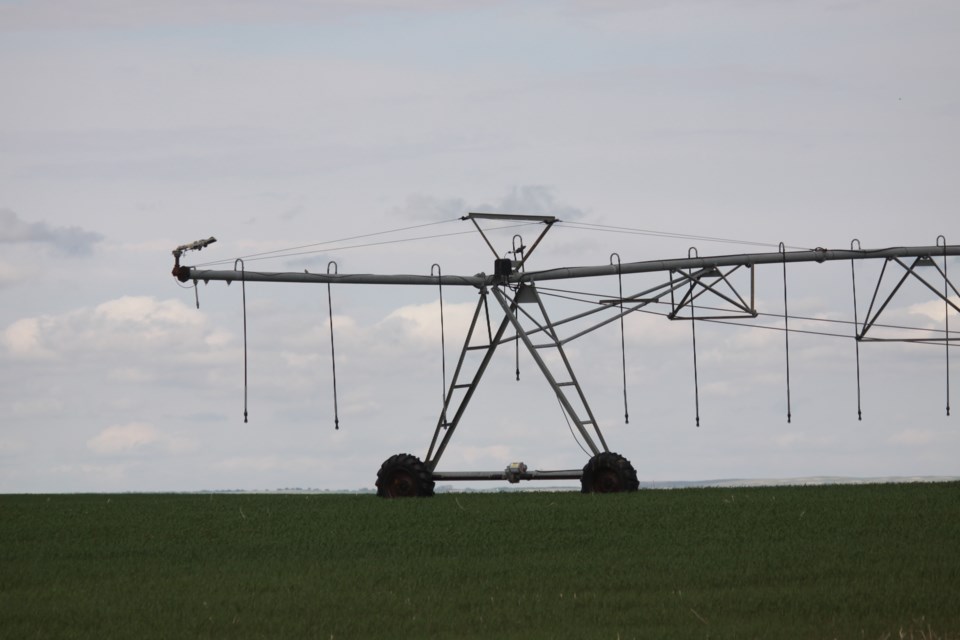When Saskatchewan announced plans for a $4 billion irrigation expansion, the critics did not take all the spin-off benefits into account.
University of Saskatchewan researcher Jillian Brown says it’s easy to not account for the benefits to the province and the community as the National Farmers Union did when suggesting too much money was being spent on a small amount of crop land.
Irrigation offers farmers insurance and stability. With water, yields are higher and farmers can grow higher value crops like potatoes, sugar beets and vegetables. Risk of poor crops is less.
In Alberta where 6.9 per cent of crop land is irrigated, that land produces 10 per cent of agricultural production.
Across Canada, 12.9 per cent of agricultural production comes from irrigation of 3.42 per cent of crop land.
With water from irrigation, operations are more sustainable. A review of 22 soil studies indicates irrigation allows 11 per cent to 13 per cent more carbon sequestration than dryland farms. And irrigation allows better crop rotations, improving soil conditions.
Irrigation is so expensive that private investment can’t be expected to bear the burden of development cost, so public investment is needed.
Cost of developing all the infrastructure on and off farm per irrigated acre is $12,400.
Related spin-offs ranging from local suppliers to processing industries benefit the community and the province.
The irrigation-centred community of Outlook has developed related businesses which has the population growing faster than the province.
Since 1951 the province’s population has increased 25 per cent while Outlook’s population increased 226 per cent.
Brown's research shows that for every $1 invested in irrigation, $1.44 in production happens; $3.53 in household income is created; and $4.49 is added to Gross Domestic Product (provincial income.)
Saskatchewan would lose $44.5 million agricultural production annually if the 116,000 irrigated acres in the Lake Diefenbaker regions were dryland farms.
Her remarks were made to a virtual conference of the Saskatchewan Irrigation Projects Association.
Ron Walter can be reached at [email protected]




